The Paradox of Profitable Bankruptcy: How Companies Can Go Bankrupt While Showing a Profit
On the surface, profitability and bankruptcy seem like polar opposites in the business world. After all, if a company is making a profit, how can it possibly go bankrupt? Yet, this seemingly contradictory scenario happens more often than one might think. Let’s unravel this enigma and explore how companies can face bankruptcy even while their profit and loss statement is in the black.
Accrual Accounting vs. Cash Flow
One of the most significant reasons for this paradox lies in the difference between accrual accounting and actual cash flow. Accrual accounting recognizes revenue and expenses when they are earned or incurred, regardless of when the money changes hands. This means a company could show a profit on its income statement because it made many sales on credit. However, if those customers delay their payments or default, the company could run out of cash, leading to potential bankruptcy.
High Fixed Costs
A company might have significant fixed costs, like lease payments or debt repayments, that aren’t directly tied to production. Even if the company is making a gross profit on each item sold (i.e. price for the item minus the direct costs to produce it), the fixed costs can be overwhelming, especially if sales volumes decrease. Over time, even with consistent profitability, the weight of these fixed costs can push a company toward bankruptcy.
Debt Burden
Companies often take on debt to fuel growth, betting on future earnings to cover the repayments. If these expected earnings don’t materialize or if market conditions shift, a company might find itself in a tight spot. Even if they’re showing operational profits, the debt burden might become unsustainable, leading to bankruptcy.
Over-reliance on a Few Clients
Imagine a company that makes substantial profits from just a few major clients. On paper, everything seems rosy. However, if one of these clients leaves or goes bankrupt themselves, the company could face sudden and severe cash flow issues, pushing them towards insolvency.
Lack of Financial Reserves
A company might be showing consistent profits but reinvesting all of it back into the business, leaving little to no financial cushion. If an unexpected downturn or expense hits, the company could be left scrambling for cash, leading to a solvency crisis.
Legal or Regulatory Challenges
At times, external factors like lawsuits or regulatory fines can result in substantial unforeseen expenses. A company might be churning a profit, but if it’s hit with a massive legal penalty, it might not have the liquidity to cover the cost, pushing it towards bankruptcy.
In conclusion, the realm of business finance is intricate, with profitability being just one piece of the puzzle. While a healthy profit and loss statement is undoubtedly a good sign, stakeholders must also pay attention to cash flow statements, balance sheets, and external factors to get a comprehensive picture of a company’s health. The story of a profitable bankruptcy serves as a sobering reminder: in the business world, cash remains king.






